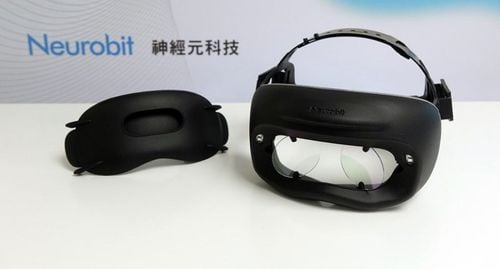【2020 Solutions】 Robot doctors perform instant diagnosis to maintain product yield and reduce the risk of shut down
Factory machines operate 24 hours a day and will cause heavy losses if they are shut down due to failure. If the usage status can be monitored by machine and abnormalities immediately determined, it will help the industry maintain product yields, machine stability, reduce maintenance costs, and shorten maintenance time.
At present, mainstream AI mostly uses big data gathered in advance or already on hand for training and characterization. However, despite the a wide variety of machinery and equipment in factories and the market’s emphasis on predictive maintenance and monitoring in recent years, the amount of data accumulated is very limited. How can we quickly meet the needs of factories?
Provides immediate diagnosis and shortens the troubleshooting process
Good Tech Instruments has accumulated a huge database and can quickly help manufacturers protect machinery, equipment, and product quality. Wen-Tze Hsu, founder and technical manager of Good Tech Instruments, said that the main feature of machine learning AI monitoring system products is that it quickly learns from the experience of practitioners in the original field, and then uses pre-built mathematical models to classify and manage human experience based on physical and mathematical calculations, accumulating a large amount of data through repetitive production actions.
At the same time, the previously learned experience data is overlapped with data accumulated over a long period of time and deviation conditions for optimization, in order to achieve the goal of optimizing the monitoring model. The time series charts generated by the system are subsequently used to define the predictive maintenance time for various industries and equipment.
The implementation of instant diagnosis can increase production by 40 working days per year
Good Tech Instruments has accumulated a huge database and can quickly help manufacturers protect machinery, equipment, and product quality. Wen-Tze Hsu also pointed out that factories have a lot of data, but collecting data does not mean that the data will be useful, and collecting data for deep learning will not necessarily solve the problem of predictive monitoring. Good Tech Instrument's monitoring program uses existing or learned rules for monitoring when it is first installed, in order to protect machinery and product quality. In the monitoring process, the underlying algorithm will continue to collect and classify data. Users can perform labeling actions in the process or use the collected and classified data groups for deep learning. AI technology is mainly applied in equipment monitoring and predictive maintenance processes.
The VMS®-ML Intelligent Machine Learning Monitoring System can achieve three benefits:
I.Avoid business losses due to production line shutdowns caused by unexpected damage to equipment and molds. By preventing unexpected shutdowns and time waiting for materials, production can be increased by 40 working days per year, and quality assurance manpower can be reduced by one third.
II.Online monitoring of production processes serves as a defense mechanism against defective products, which can reduce customer complaints and rejected goods.
III.Monitor the health status of machinery and equipment, avoid delayed maintenance or excessive maintenance, improve management of industrial production risks, and reduce waste of operating costs.
The target market of Good Tech Instruments is monitoring applications for stamping, such as the health of motors, crankshafts, punch rods, and springs. It can also be applied to smartphone casings, automobile manufacturing (body parts), 5G equipment (casings), and metal fasteners, and its customer base is mainly in the semiconductor industry. Wen-Tze Hsu also said that AI has been the most important trend in the manufacturing industry in recent years, and equipment monitoring is now regarded by most companies as the first step in implementing smart manufacturing systems.


